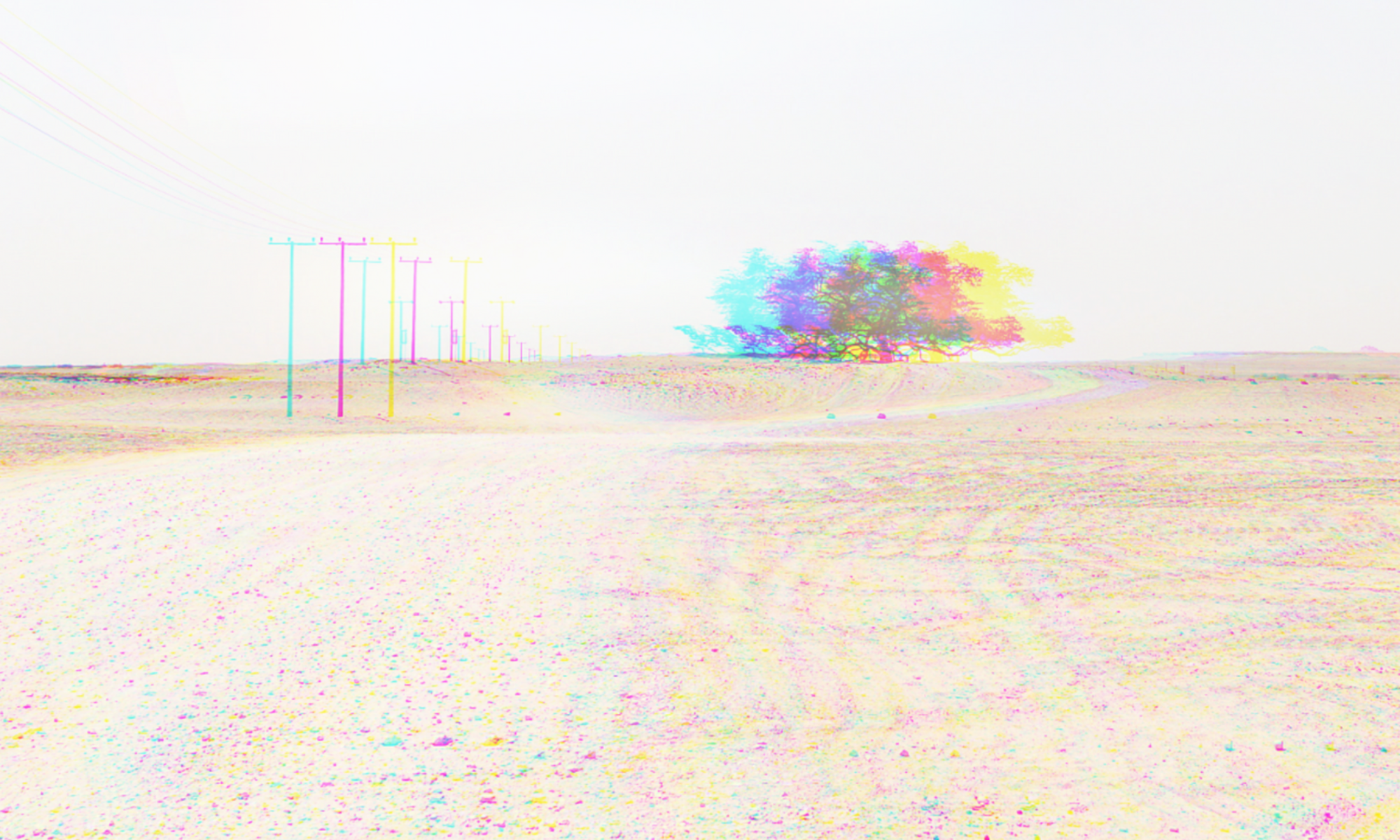During the Cold War, Radio in the American Sector (RIAS) created a successful multimedia network that sonically linked West Berlin with the Soviet East. This paper describes and critically analyzes this relatively unknown episode of media history by considering it as a Para|site. Americans founded RIAS in Berlin after World War II to provide crucial information to citizens. The station’s purpose shifted in the 1960’s after the construction of the Berlin Wall. A physical border now divided nations, and RIAS became one of the few Western voices audible in the Eastern Bloc. Soviets tried to jam the unsanctioned radio signals, but RIAS engineers constantly improved their technology. Soon, a battle of the airwaves broke out between superpowers. In order to continue delivering messages to the East, RIAS became a para-network, going beyond standard radio station practices and embracing multimedia strategies for networked communication.
RIAS faced a major challenge when trying to gather information about its listening audience and broadcast field. Hans Rosenthal, entertainment editor, addressed this challenge when he utilized a seemingly innocuous radio-programming format. His radio quiz shows asked listeners to submit their answers to trivia questions via postcard. The additional information on these postcards (its metadata, if you will) provided RIAS with clues about the location of its audience members. The postcards became even more significant as material objects when listeners inscribed messages that offered insights into their lives on the Eastern Bloc to those in the West. This paper puts RIAS’s parasitic media invasion of Soviet territory into historical and theoretical context. It considers how the practical objectives of this radio station contributed to a substantial social and political change.
*****
Heather Contant loves sound, stories, and ideas. She mixes these interests together by undertaking vast, long-term research projects that result in a menagerie of artistic and scholarly objects. Her profitable skills include audio engineering, writing, and teaching. She has worked with n+1 magazine, Free103point9, Soho Gallery for Digital Art, 319 Scholes, Art In General, Brooklyn Arts Gallery, Recess Art, Eyebeam, The New School, Pratt, The German-American Fulbright Program, and Radio In the American Sector (RIAS). She is currently seeking a Ph.D. program where she can write a massive dissertation, and she is excited to teach ProTools to her eager students at Borough of Manhattan Community College this spring.
